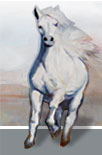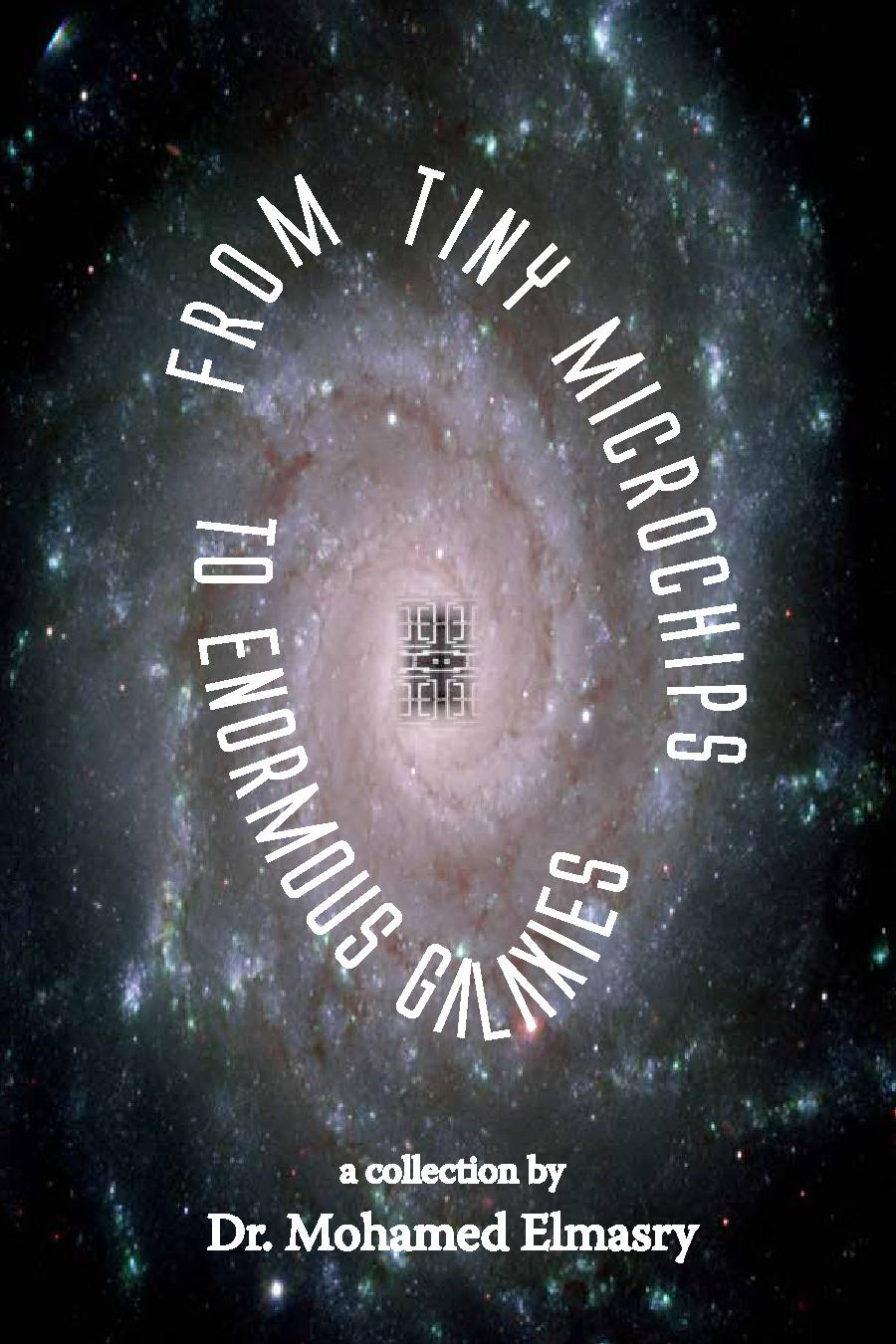January 10, 2018
9th Grade Students Gain the Attention of Scientists After Their Experiment Reveals a Dark Truth About WiFi
Yournewswire.com
More by this author...We have long encouraged students to find ways to connect with their school work, making it interesting and personal, holding their attention longer and allowing them to see more success.
This was the case at a school in northern Jutland, where a group of 9th-grade students recently embarked on a biology experiment inspired by their own personal experiences with concentrating. Lea Nielsen, one of the students, explained: “We all think we have experienced difficulty concentrating in school, if we had slept with the phone next to our head, and sometimes also experienced having difficulty sleeping.”
Curious about the shared experience, the group of girls designed an experimentto investigate the impact of wi-fi radiation on living cells. Specifically, they chose to use cress seeds. Taking 400 seeds, they separated them out across 12 different trays. Six of the trays were placed in each of 2 rooms. Both rooms were kept at the same temperature, and both sets of trays were given the same amount of water and access to sunlight throughout the experiment.
The one difference between the two rooms, creating the basis for their experiment, is that the trays in one room were placed next to two Wi-Fi routers. The Wi-Fi routers broadcast the same type of radiation that can be observed coming from our cellphones, allowing the students to recreate the impact of sleeping with your phone on your bedside table, next to your head.
The results? After 12 days it was shocking to see the difference between the two sets of trays. While the cress seeds in the first room were growing well, appearing healthy and flourishing in their environment, the same could not be said in the second room. The seeds that were placed next to the router showed no real growth at all. Some of the seeds could even be observed showing signs of mutation or dying off entirely.
The experiment was enough to open the students’ eyes about their cellphone use and whether or not it is safe to bring their phones to bed at night. “It is truly frightening that there is so much affect, so we were very shocked by the result,” Nielsen stated. “None of us sleep with the mobile next to the bed anymore. Either the phone is put far away, or it is put in another room. And the computer is always off.”
Not only was the experiment received well by the girls’ school, but since the word got out they have started to receive international attention as biologists and radiation experts acknowledge the importance of their discovery.
One expert that has shown a great deal of interest in the experiment, even going as far as planning his own follow-up experiments, is Olle Johansson, a professor at the Karolinska Institute in Stockholm. He will begin his assessment into the girls’ findings by repeating the experiment with his research colleague Professor Marie-Claire Cammaert at the Universite libre de Bruxelles.
Johansson was highly impressed by the girls’ efforts. He praised them, saying: “The girls stayed within the scope of their knowledge, skilfully implemented and developed a very elegant experiment. The wealth of detail and accuracy is exemplary, choosing cress was very intelligent and I could go on.”
What’s next for the girls? Johansson made it clear that he wouldn’t hesitate to work with these talented, intelligent students moving forward: “I sincerely hope that they spend their future professional life in researching because I definitely think they have a natural aptitude for it. Personally, I would love to see these people in my team!”







